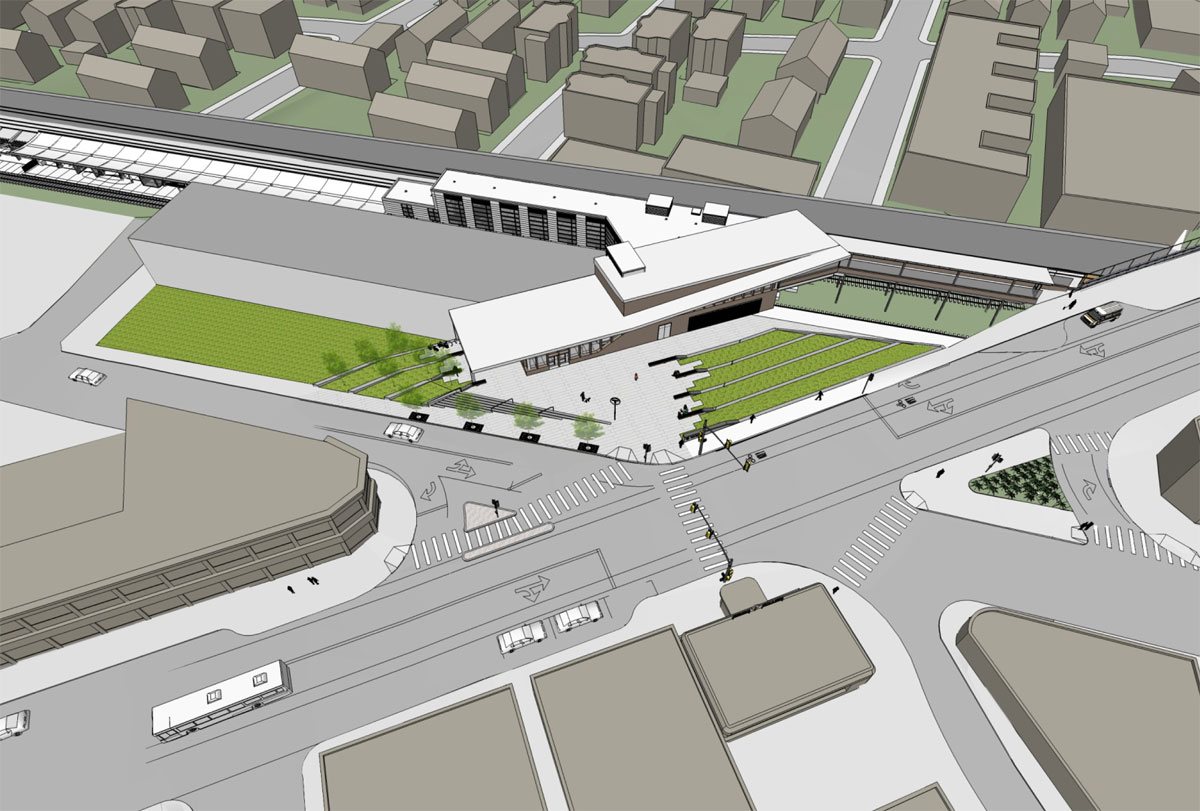citylover94
Senior Member
- Joined
- Oct 27, 2012
- Messages
- 1,140
- Reaction score
- 58
It can be cheaper without changing design though that is the point that a few of us have been trying to make and everyone else seems to be missing. The costs were intentionally being overestimated or at least it sounds like they were by the contractor so the simplest fix and price cut is to do what F-Line has suggested and rebid with a process that will not let the contractor double the cost of everything.
I can tell you right now redesign is not cheap. For a similar example from a different industry but the same concept my graphic design professor once was working on a logo it got approval by one person and then someone else at the company changed there minds and wanted a different version. In the end it cost the company double what it would of because of the extra time and work needed to redesign the logo. That is essentially what is being suggested here, and while redesigning stations might make them cheaper to build having stuff redesigned is expensive so overall it will not save money. Pretty simple concept as far as I can tell you have to pay the designers and engineers and that is not cheap by any stretch of the imagination.
I can tell you right now redesign is not cheap. For a similar example from a different industry but the same concept my graphic design professor once was working on a logo it got approval by one person and then someone else at the company changed there minds and wanted a different version. In the end it cost the company double what it would of because of the extra time and work needed to redesign the logo. That is essentially what is being suggested here, and while redesigning stations might make them cheaper to build having stuff redesigned is expensive so overall it will not save money. Pretty simple concept as far as I can tell you have to pay the designers and engineers and that is not cheap by any stretch of the imagination.

